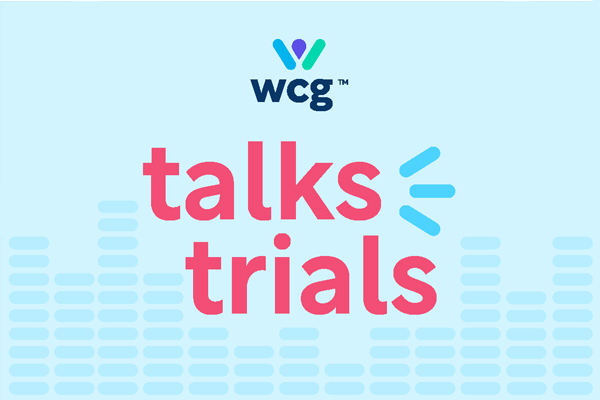The past five years have been full of important milestones for neuroscience clinical development, from the approval of the first rapid-acting antidepressant, Janssen’s esketamine (Spravato) to the publication of the industry’s first late-stage clinical trial of psilocybin by Compass Pathways.1 Many of these trends will continue, but they will be accompanied by larger, epoch-scale changes that may permanently alter the way we do research.
Psychedelics, the most exciting new trend in neuroscience, are not exactly new – they have been used all over the world for thousands of years, predating the rise of modern industrial medicine. Legal and conceptual frameworks to allow their use in neuroscience research have only recently permitted widespread study, bringing them to the brink of potential approval by the FDA for therapeutic applications.
In parallel with the rise of psychedelics and the continued advances in new treatments for schizophrenia, PTSD, and anxiety disorders, we have seen the evolution of a new area of technologies collectively referred to as digital biomarkers. The confluence of these two trends, coupled with recent research on novel mechanisms of action, will likely help foster large-scale changes in how neuroscience studies are conducted, particularly in the field of psychiatry.
The central challenges of psychiatry clinical trials have been two-fold: first, the eternal limitations of finding appropriate research participants for disorders that are diagnosed based on subjective criteria and syndromic presentations; and second, the difficulty of determining efficacy with measurement tools which require significant training and resources to use correctly, and even in the hands of an expert are often inaccurate and prone to bias. Rapid-acting antidepressant research has catalyzed a re-examination of study endpoints2 and hints at a new method for bridging the gap between objective evaluations, which will enable efficient, sensitive evaluations at scale and the existing validated methods of symptom assessment has emerged in the form of vocal analytics. This field has roots in the 1960s and 70s when researchers used pauses in speech as a measure for neuromotor function.3
Recent publications by Johns Hopkins University and others point to the use of simple, valid measures, such as speech latency, as being useful methods for automating objective markers of pathology in depression and bipolar disorder. Future work on this approach may lead to smaller, more accurate trials that have meaningfully better statistical power and can be conducted more efficiently and ethically.4
The next year will bring more reports of continued success with psychedelics and a further crystallization of their unique modality. They may increasingly come to be appreciated as “synaptogenics,” or compounds that promote the reorganization of the brain, while also demonstrating renewed attention to non-drug therapies as most psychedelics are being packaged with various structured psychotherapies and supportive therapies. An unintended benefit of the psychedelic revolution might well be the renewed interest in holistic approaches to treatment and a rediscovery of the psychiatric patient as a psychosocial entity, not simply a neurobiological test subject.
Progress is not without its problems. While the past decades have been a time of incredible technological transformation of neuroscience research, the impact on investigative site staff has been challenging. A poster by Cohen et al.5 shows that the stress of managing technology burdens falls disproportionately on the shoulders of those clinicians assessing patient symptoms. The demand for high-throughput data collection at scale with strong reliability and accuracy, on top of all the other tasks required by investigators, may finally force the field to consider the limits of this approach.
In conclusion, 2024 may be the year that neuroscience clinical research rediscovers its future in the promises of the past. From the approval of psychedelics known to humanity for thousands of years for their potent neuroactive properties to the renewal of speech analysis as a method of evaluating patient status and the promise of smaller, more humane studies that allow patients and investigators to fully participate in the benefits of our work. With hope and optimism that is hopelessly old-fashioned, we look forward to the coming year.
References:
- Goodwin et al, “Single Dose Psylocibin for a Treatment-Resistant Episode of Major Depression” New England Journal of Medicine, November 3, 2022.
- Yavorsky et al, “Recommendations for Selection and Adaptation of Rating Scales for Clinical Studies of Rapid-Acting Anti-Depressants,” Front Psychiatry, June 2023.
- E. Szabadi et al, “Elongation of Pause Time in Speech: A Simple, Objective Measure of Motor Retardation in Depression,” Cambridge University Press, January 2018.
- Cohen et al, “Measuring Depression Using an Automated Natural Speech Analysis Pipeline: A Potential Clinical Trial Enrichment Tool,” Poster Presented at the 2022 ISCTM Meeting
- Cohen, E. A., Montero, J., Grindell, V. M., Wyka, K., Hassman, H. H., Walling, D.P., Blanchard, C. L., Opler, M. G., Michoulon, D., and Ereshefsky, L. (November, 2023). Global raters’ work stress and task burnout: An empirical exploration of our primary endpoint evaluators. Poster presented at the Annual CNS Summit Scientific Meeting, Boston, MA.

